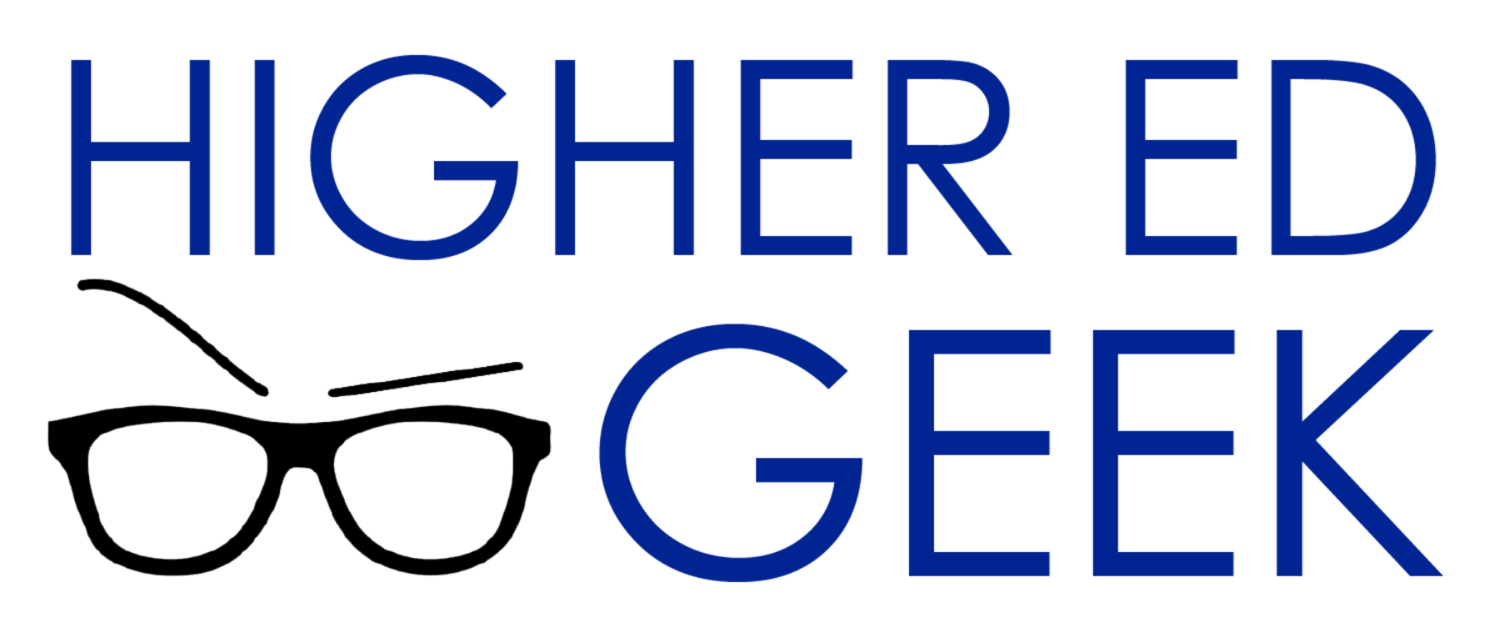How To Tell if Your Antique Book Is a First Edition
If you’re an avid book collector, you know that coming across a first edition can be quite the find. However, the big question is, how do you confirm the copy’s a first edition? Details such as cover art, age, and even the printed year on the copyright page can be very misleading. Learn how to tell if your antique book is a first edition by reading below.
Check the Copyright Date
Whether you’re investigating an antique book you own or are looking to purchase a first edition copy, one of the first things you need to look for is the copyright. This will generally be located on the page opposite the title page. While you might find that the copyright date matches the year that the book was first published, you’ll need to check further to see if it’s from the first printing. You can sometimes identify this by looking at a number line. The first number should indicate which printing your copy was a part of. As more copies of the book are printed, the publisher will remove a number from the line, making it possible to identify the book’s printing number by looking at the lowest number on the line.
The Copyright Page Says “First Edition”
Another detail you can check for in your book to see if it’s a first edition copy is the words “first edition” on the copyright. It’s important to understand what this means, though, because this won’t automatically confirm you have a valuable copy on your hands. Not doing your due research is one of the common antique collecting mistakes to avoid. Collectors and publishers vary. The collectors’ market views first editions as the very first version of the book ever printed. For a publisher, this can simply mean it’s the first version of the text without any major revisions. Paperback versions of books are sometimes marked as first edition as well, even though they were previously released in hardbound copies, which would be the true first edition.
Look at the Print Run Number
When wondering how to tell if your antique book is a first edition, it’s vital not to forget to check the print run number. The print run refers to the set number of copies of a book that are printed at once. Depending on the publisher, the print run can be large or small. It should appear as a number sequence in descending or alternating order. The print run will be the lowest number on the page. Many first editions can have up to three print runs. The first editions that were part of the first printing will be the most valuable. There are second and third printings of first edition books that still hold value, but not as much as the first print run.

